He was the guest of honor at this year’s FID in Marseille. He was there to accompany the retrospective dedicated to him by the festival (also shown at the film library), but also for his own culture. Cultured, curious, a film buff, and very approachable, Radu Jude elegantly and kindly revisits many points and gives us a little lesson in cinema. He also talks to us about his upcoming projects, including his Dracula, but that’s not all, as he tells us he has embarked on a French project produced by Saïd Ben Saïd.
Cinema Reporters (C.R.): You knew about the festival? . How did you find those few days?
Radu Jude (R.J.): Yes, I heard from it. It was very intense. Unfortunately, I didn’t have much time to explore the city, but I admire the festival for the richness of its program. There are documentaries, fiction, essays, big-budget films, small-budget films… everything is mixed together. I like that.
C.R.: You’ve been a very prolific filmmaker in recent years. We saw your film at the Berlinale this year, you’re presenting a new film at Locarno, H. Dracula, and you’re preparing to shoot in France. Can you tell us more about it?
R.J.: It’s a proposal from a producer I admire greatly. I was pleasantly surprised when he suggested we work together, in French. I had an idea and said yes immediately. We started developing the script, which is like a distant dialogue with Diary of a Chambermaid, but in a different story, with different accents: a Romanian woman working in Bordeaux, etc. We’re currently finalizing the financing. It wasn’t easy, even with an experienced and respected producer like Saïd Ben Saïd, but we’ll be shooting this fall.
C.R.: You’ve mentioned the filmmakers who have inspired you in recent days. Which films or filmmakers made you want to make movies?
R.J.: That’s difficult to answer because it changes all the time. What interested me at 20 wasn’t what interested me at 30, and it’s not what excites me today. At 17, I was a big fan of Coppola and Tarantino. But my desire to make films came mainly from artists who were able to go against the grain of their milieu, such as John Cage, Duchamp, Andy Warhol, or filmmakers like Orson Welles, Godard, Rohmer, and Jonas Mekas. They are role models because they linked creation to the constraints of production. Bresson, whom I admire enormously, scares me a little with the perfection of his vision. Someone like Rohmer intimidates me less, because he made a lot of films, some of them bad, some of them extraordinary. This desire to try despite imperfect conditions really speaks to me.
C.R.: Your cinema has evolved a lot technically. You started out on film, you’ve even shot with an iPhone. How do you adapt your aesthetic to the tools?
R.J.: For me, artistic intelligence is knowing how to use the tools available: knowing their possibilities and limitations, and making conscious decisions. I’ve always wanted to experiment: 35mm color and black and white, 16mm, 8mm, digital cameras, iPhone… I’d even like to shoot in 70mm, if I had the means. I think you have to accept all tools. In the visual arts, no one criticizes Kurt Schwitters for using paper found in the street. But in cinema, we still hear: “An iPhone doesn’t belong in cinema.” Why? If it’s a moving image, it belongs in cinema. Whether it’s good or bad is another matter.
C.R.: The festival gave us the opportunity to revisit your older films, such as The Happiest Girl in the World and Everybody in Our Family, both of which deal with family. Do you see family as the primary system of social and political oppression?
R.J.: Yes, you could say that. Sartre said that children are the political prisoners of their parents. I had a complicated relationship with my own family, so I was sensitive to this theme. I still am, but in a different way. Perhaps at the time, I wasn’t fully aware of it. It was mainly a desire to talk about what I knew, and an intuition about the importance of these issues.
C.R. How do you come up with your ideas for films?
R.J.: There are two opposing answers. Sometimes an idea arises from a question or an intuition, which develops over time and through research. Sometimes it’s more immediate: you can decide to make a film here and now. I would like to reach a state where I can make a film without waiting for inspiration. Like a painter who is asked to do a portrait: he doesn’t say, “Come back in three years.” He paints. John Cage is an inspiration to me in this sense.
C.R.: How do you feed your films, your directing?
R.J.: I don’t have a set method. Sometimes it’s a priori, sometimes a posteriori, sometimes a struggle. My latest films are often the result of a struggle with materials or ideas. This sometimes results in somewhat tortured forms, but perhaps that’s what makes them interesting.
C.R.: Are you familiar with Isaiah Berlin’s theory of the fox and the hedgehog? Some artists are always changing form, others pursue a single idea… Where do you stand?
R.J.: I wish I could give you a clear answer, but I can’t. I do what I can, in whatever direction comes my way. It’s exhausting, even a little neurotic. I always feel like I’m starting from scratch, with the same fears and doubts.
C.R.: Your films are often described as realistic. How do you see the relationship between documentary and fiction?
R.J.: I’m not sure it’s realism. It’s an impure, mixed form of cinema: both documentary and artificial. I’m interested in creating a Brechtian distance, so that the viewer can analyze and interpret. I like to intersperse fiction with documentary moments. For example, in Don’t Expect Too Much from the End of the World, there’s a short documentary about crosses on the side of a road. My next Romanian project will directly mix fiction and documentary sequences.
C.R.: Your films are political, historical, but also literary. You sometimes quote Dostoevsky or other writers. Can you talk about that?
R.J.: I have always loved reading. For a long time, I tried to keep this passion separate from cinema, influenced by the idea that each art form should remain within its own language. But when I discovered Resnais, Straub-Huillet, Godard, and Rohmer, I understood that literature could enter cinema, not as an adaptation, but as material. Rohmer was already talking about “talking cinema” in the 1950s. It’s about opening films up to speech, without betraying cinema.
C.R.: Do you think that major festivals like the Berlinale influence the work of filmmakers today?
R.J.: It depends. Some filmmakers work on the fringes, others think about their films in terms of festival tastes. Festivals are very important in the film industry; they impose names. Wang Bing, for example, was only accepted by the mainstream after Berlin. But my personal tastes don’t depend on that. I like Stan Brakhage and Jonas Mekas, who were never accepted by the major festivals.
C.R.: You often have a dual perspective on your characters: tender and accusatory at the same time. You even give culture to characters you criticize. Are you trying to accuse the system? Which filmmakers still inspire you today?
R.J.: I belong to a generation for whom form is as important as subject matter. Even a Hollywood film like Barbie is political in its own way. I tend to lean toward historical and political themes, but they always come through formal work. I had the opportunity to work as an intern on a Costa-Gavras film. At the time, I was less interested in the subject matter than in how the work was organized. Today, I especially admire the consistency between what he said and how he lived his life. He was a deeply human person.
C.R.: Thank you very much.
R.J.: Thank you.
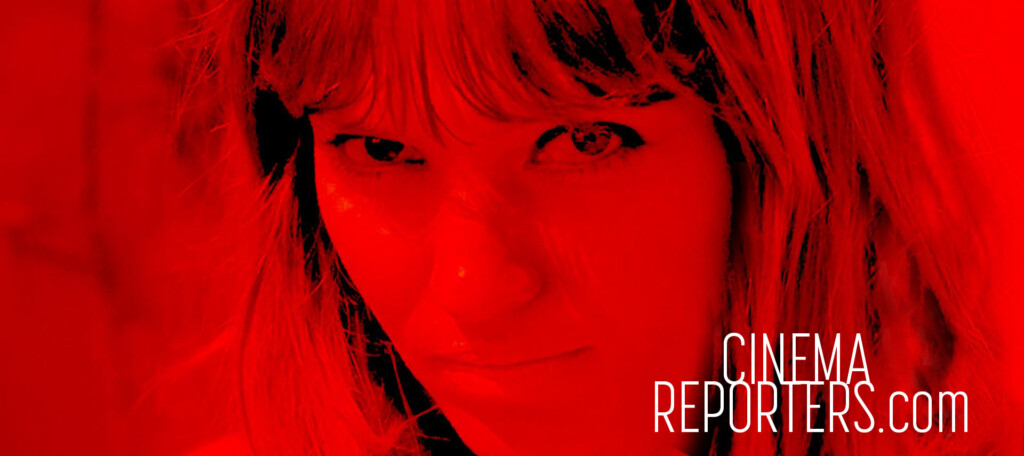
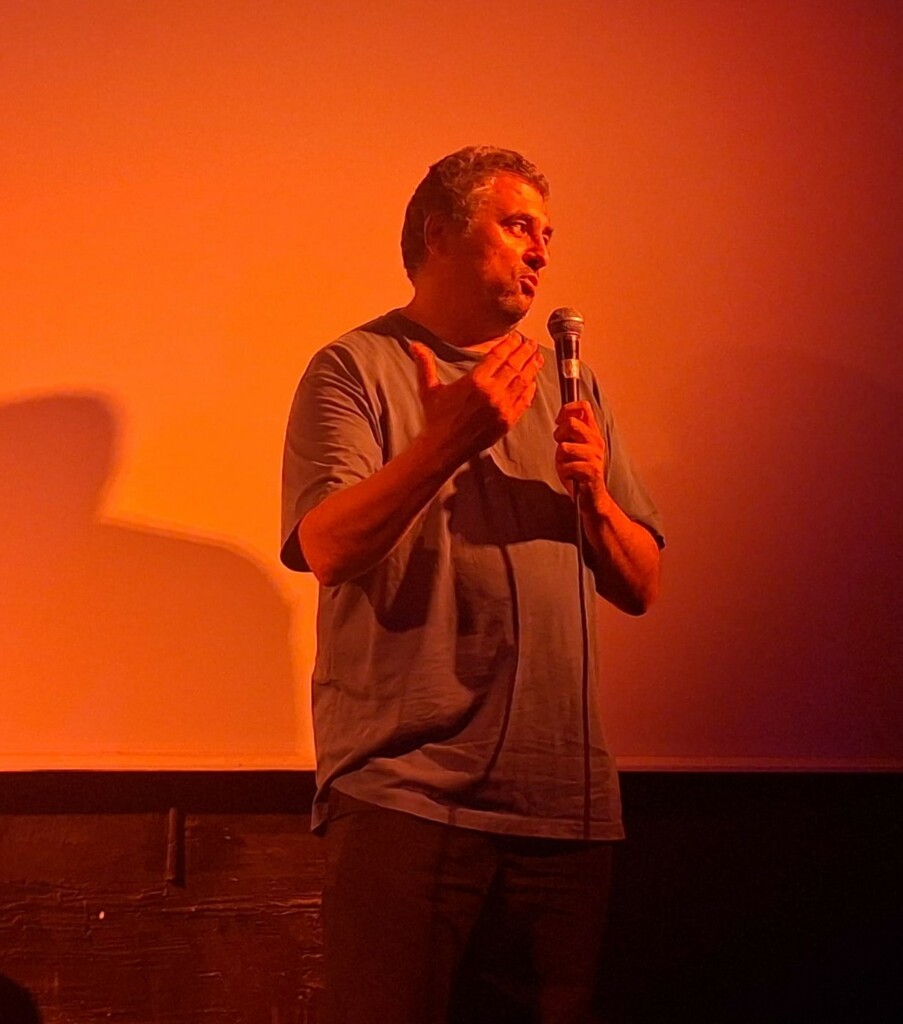
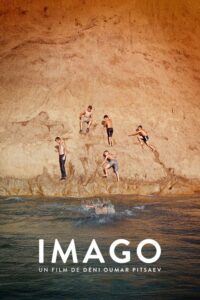
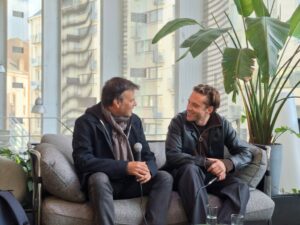

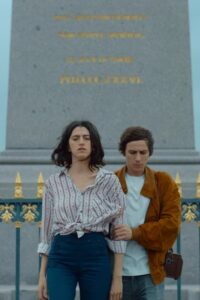
Be First to Comment